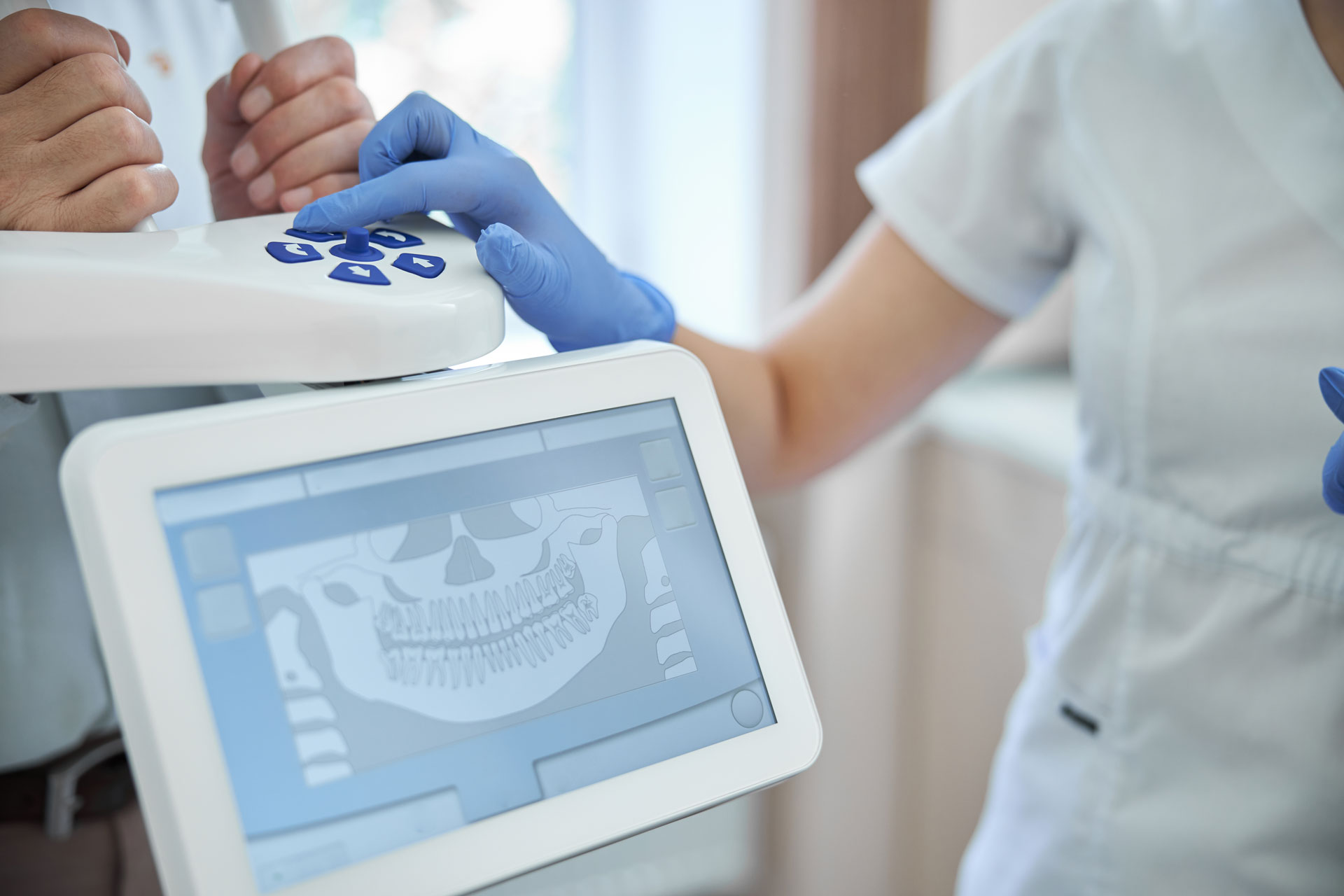History Of Dental Implants

History Of Dental Implants, we have emphasized having a complete set of teeth for aesthetic and functional purposes. The replacement of missing teeth resulted in the development of dental implants as a long-term solution for tooth restoration.
Dental Implants During Ancient Times
Before 1952, there were no dental implants in the world of medicine. People used different methods to replace missing teeth. For instance, in 2000 BC, the Chinese made use of bamboo pegs when replacing missing teeth. A thousand years later, ancient medical practitioners hammered a copper peg into the jawbone of an Egyptian king.
Two thousand years ago, those who were well off in society tried replacing missing teeth with animal teeth or teeth from those with lower social status. Most times, these implants did not work because of decay and infection.
Modern-Day Dental Implants
Like most scientific advances, the discovery of modern-day dental implants was largely by accident. In 1952 while studying the effects of blood flow on bone healing, a Swedish physician discovered that he could not remove a piece of titanium cylinder from a rabbit’s lower leg. When he tried to remove it, he noted that it had fused with the rabbit’s bone.
Osseointegration is a unique property of bone integration that led to the success of modern dental implants. Its discovery made the Swedish physician discover that our bodies can tolerate the presence of titanium for a long time which meant that it could act as a long-term anchor for artificial teeth.
Today, dental implants have over a 90% success rate in patients. It is possible to individualize dental implants to suit the specific needs of a patient. Implants include a variety of materials and we can place them in different locations, depending on desired functionality and aesthetics. To learn more about dental implants, schedule an appointment with our office.
